When it comes to moving heavy machinery, precision is key. With careful planning, a dedicated team, and the right safety precautions, you can confidently ensure a safe move.
In science and engineering, accuracy is the proximity of measurement results to a true value or standard, and precision is the closeness of measurements to one another. ISO uses the terms trueness and reproducibility.
1. Plan Ahead
Moving heavy machinery can be daunting, whether you are moving to a new facility, expanding your company, or upgrading your equipment. It requires a lot of manpower and planning ahead. If not done properly, it can lead to injuries and costly delays. It is essential to plan the move before it happens, including hiring a professional machine transportation company that takes safety seriously. This will make the process transparent and easy for both parties to work together.
Planning the move ahead of time will also allow you to check the condition of your equipment. If you need to get a permit to transport the equipment, this will help you avoid any last-minute hassles. You will also be able to create the safest route for your vehicle and equipment by taking into account narrow passages, bridges, or difficult terrain.
Make sure to schedule your machine transportation at a time with the least amount of traffic. This will prevent any accidents from occurring while the vehicle is on the road. It is also a good idea to schedule the move during sunny days, as these days have the lowest accident risks.
You should also prepare the equipment for transportation by ensuring all safety features work properly. This includes checking oil levels, hoses, tires, and other components to ensure they are in good condition. You should also dismantle any detachable parts that can be easily damaged while moving and pack them securely in bubble wrap or custom crates to protect them from vibrations and impacts during transit. Keeping the equipment in good shape will reduce the risk of damage and allow you to reassemble it quickly at your new location.
2. Know Your Limits
Knowing your limits is one of the most important aspects of safely transporting heavy machinery. This includes both your physical and mental limitations. If you’re unsure of what you can or cannot do, it’s best to consult a professional before attempting any too dangerous or risky tasks.
It’s also essential to know your machines and how they work. For example, you should understand how to read and use the machine’s operator manual before operating it. This will help you avoid accidents and ensure that the equipment is properly maintained. Additionally, it’s crucial to understand the line of fire for your machine and stay clear of it. This will prevent you from accidentally being struck by a moving part or getting caught between components.
Accuracy and precision are two important concepts in science, but they have different meanings. While accuracy refers to how close a measurement is to its actual value, precision describes how consistent results are when repeated. It’s important for scientists to aim for accuracy and precision when measuring their data, but in some cases, one may be more critical.
For example, if you are testing a new drug and need to be certain it will be safe, precision is the most important factor because it will ensure that the results from multiple tests are similar. On the other hand, if you are trying to determine whether or not a hypothesis is correct, accuracy will be more useful because it will indicate how close your results are to the true answer. Despite their different uses, accuracy and precision are often confused, so it’s important to distinguish between them in your scientific investigations.
3. Be Prepared for Changes
Whether your company is expanding or upgrading its operations, it’s likely to need to transport heavy machinery at some point. This process can be difficult and dangerous; the smallest mistake could cause expensive delays or equipment damage. But with a little planning and preparation, getting this complex task right is easy.
The key to safely moving heavy machinery is to be prepared for changes, especially when transporting it through public areas. This includes being cognizant of blind spots and using a spotter to help monitor the equipment while in motion. Also, be sure to communicate any concerns or issues that arise during the transportation process with your team so they can take immediate action.
To be accurate and precise, a measurement system needs to provide close values to the true value of the measured quantity. The term accuracy usually refers to the average of such measurements, while precision is about the variation in a set of results.
One of the challenges associated with assessing accuracy and precision is that the differences are not always immediately apparent to the observer, especially when data is presented in a table or graph. In these situations, it is often necessary to use statistical methods to evaluate the quality of a data set.
Speakers at the workshop identified emerging opportunities for leveraging new tools in precision prevention research and highlighted the need to address human behavior, social and cultural structures, extant and potential programs, and policies as well as consideration of resilience factors. This is a critical component in advancing the field of precision prevention and developing targeted interventions. The best way to do this is by using data to assess symptom susceptibility, disease occurrence, and progression and measuring outcomes to understand the impact.
4. Know the Rules of the Road
When moving heavy machinery, safety is of the utmost importance. Injuries and damage caused during the transportation of equipment can be costly, both to the owner and those involved in the transport. That is why it is essential to know the rules of the road and follow them. This not only ensures the safety of those involved in the transportation process but also keeps everyone on the roads safe as well.
Whether you are delivering a parcel or hauling heavy machinery, the rules of the road must be followed at all times. Failure to do so can lead to damage, injury, fines, and even out-of-service equipment. The rules are set by the Federal Motor Carrier Safety Administration or FMCSA. These regulations are in place to keep people and equipment safe when driving on highways and interstates.
Understanding the difference between accuracy and precision is crucial when working with data. Accuracy is the proximity of measurement results to their true value, and precision is the extent to which repeated measurements under unchanged conditions agree. However, in general usage, the terms accuracy and precision are often used interchangeably.
The use of precision and accuracy to understand the effects of interventions can help CVH research teams develop tools that are effective and tailored to each individual. However, it is important to remember that, unlike the tools used in medical testing (e.g., blood tests, glucose monitors), there are fewer established ways to assess sociocultural, programming, and policy influences on precision prevention.
Several speakers at the workshop discussed new opportunities for CVH precision prevention, including home blood tests and glucose monitors, health apps, artificial intelligence (AI) coaches, social robots, and telehealth to address gaps in care. They emphasized the need to incorporate more cultural, community-based, and tailored approaches to the development of these precision tools.
5. Get Help
The ability to move heavy machinery safely is an essential skill for any company. However, the process can be both dangerous and complicated. Mishandling equipment can lead to injury, damage to the machines, and costly delays for projects. The following tips can help you avoid these pitfalls when moving your machinery.
Accuracy and precision are two important metrics in scientific inquiry. Accuracy refers to how close a measurement is to its true value, while precision refers to the consistency of measurements over time.
For example, if you repeatedly measured the mass of an object and got the same results, then your measurements would be considered accurate. On the other hand, if your measurements differed by several grams, then your data would be considered precise but not necessarily accurate. For this reason, it is important to get a clear understanding of the difference between accuracy and precision. Accuracy and precision are independent of each other, but they are often used together when discussing scientific data. Learn more about these concepts and how they relate to each other by watching this TED-Ed Animation.



















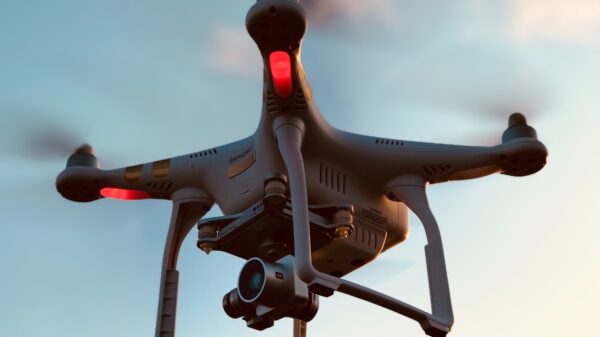









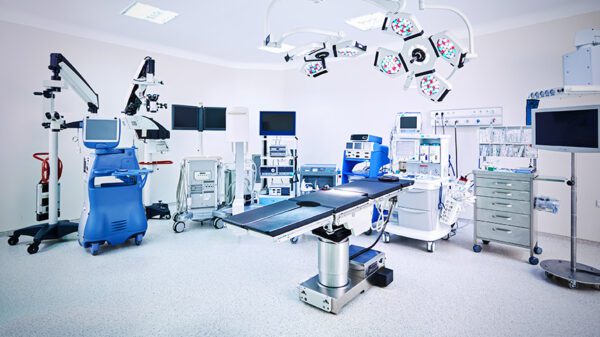




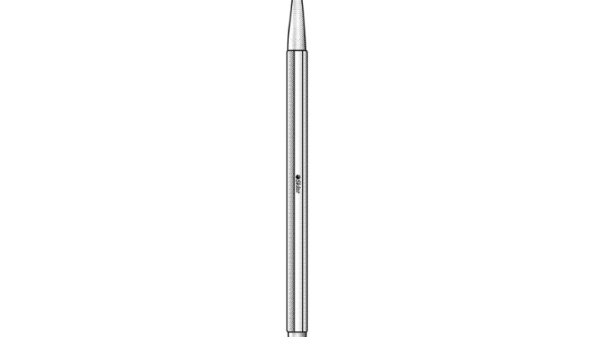

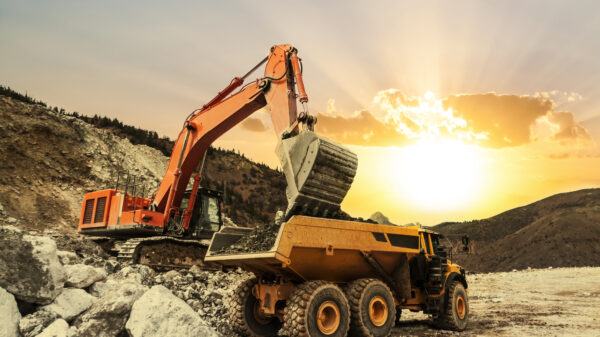
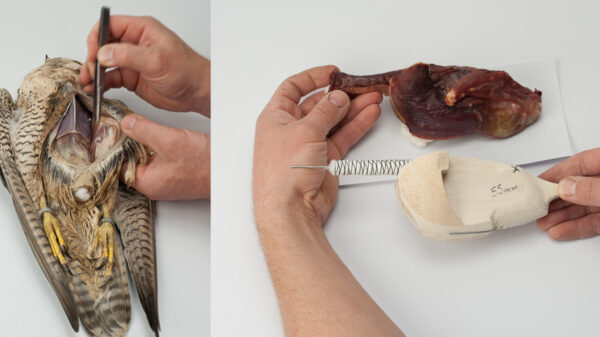

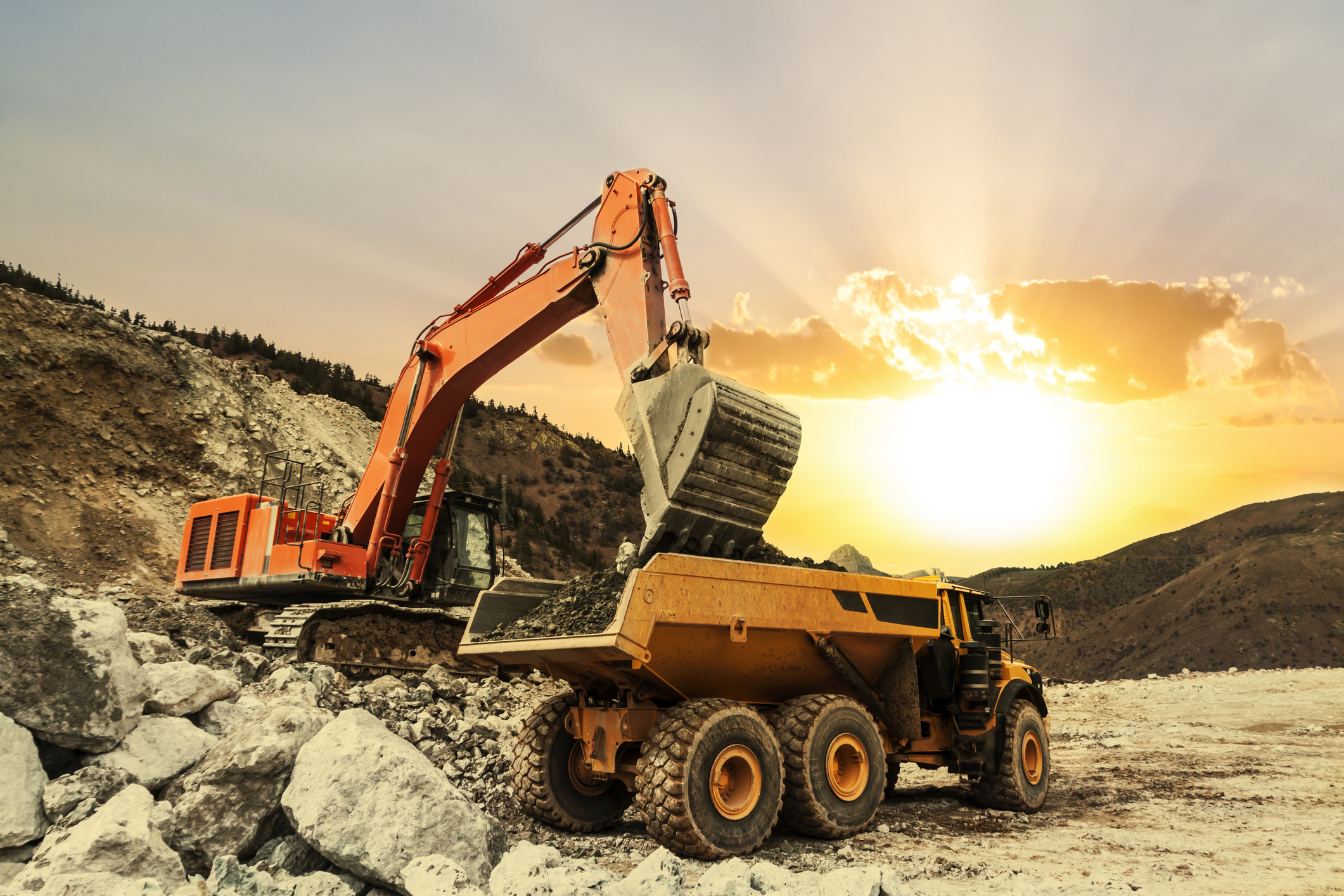









You must be logged in to post a comment Login